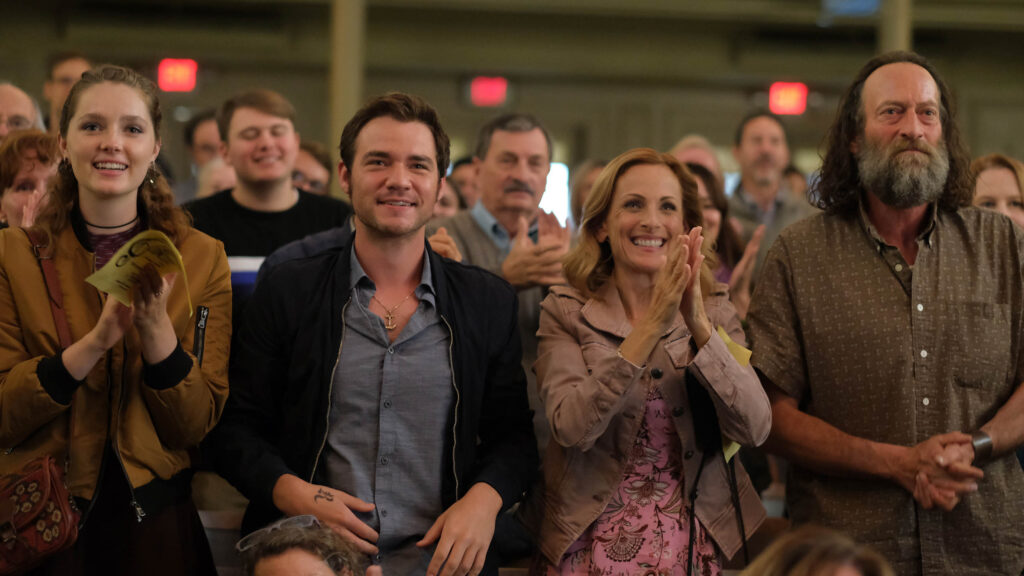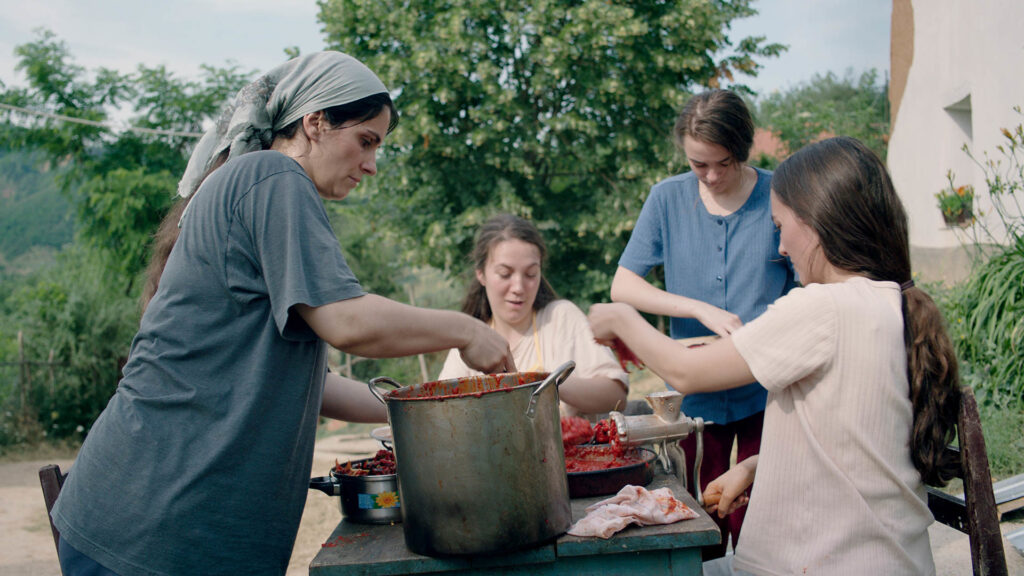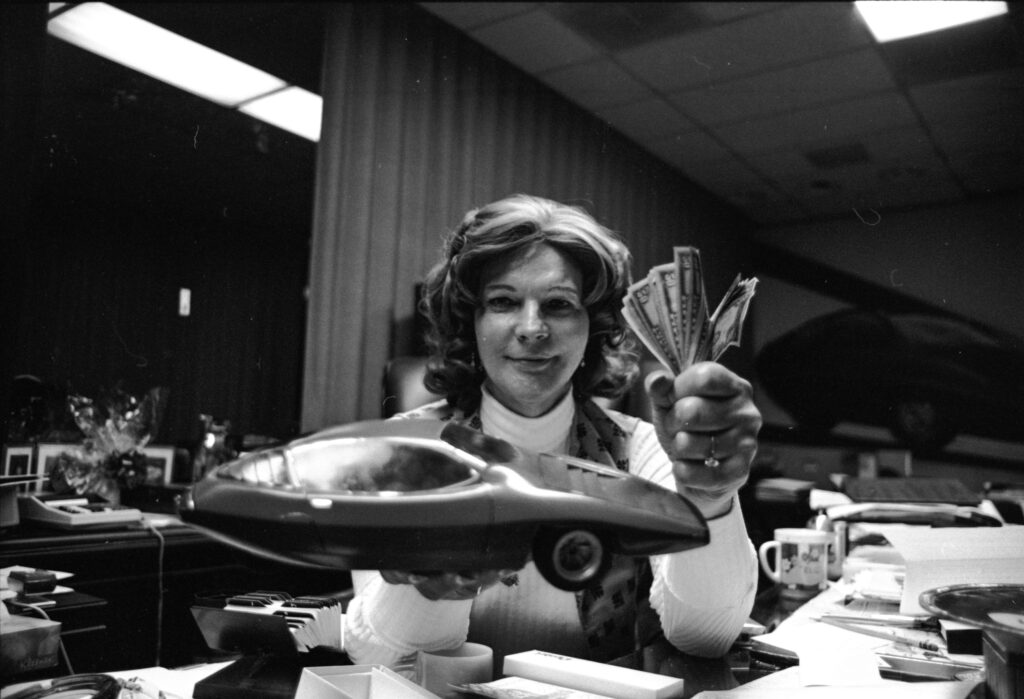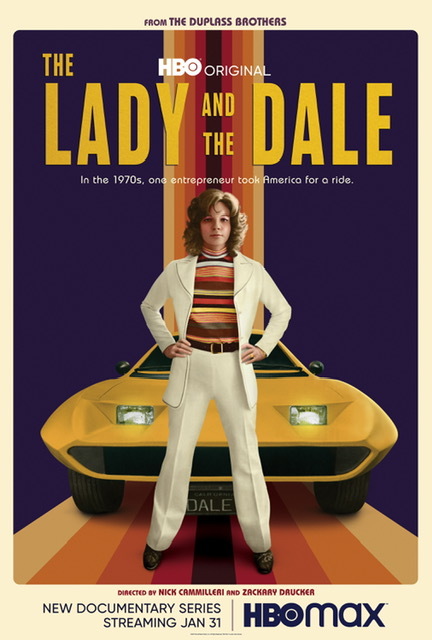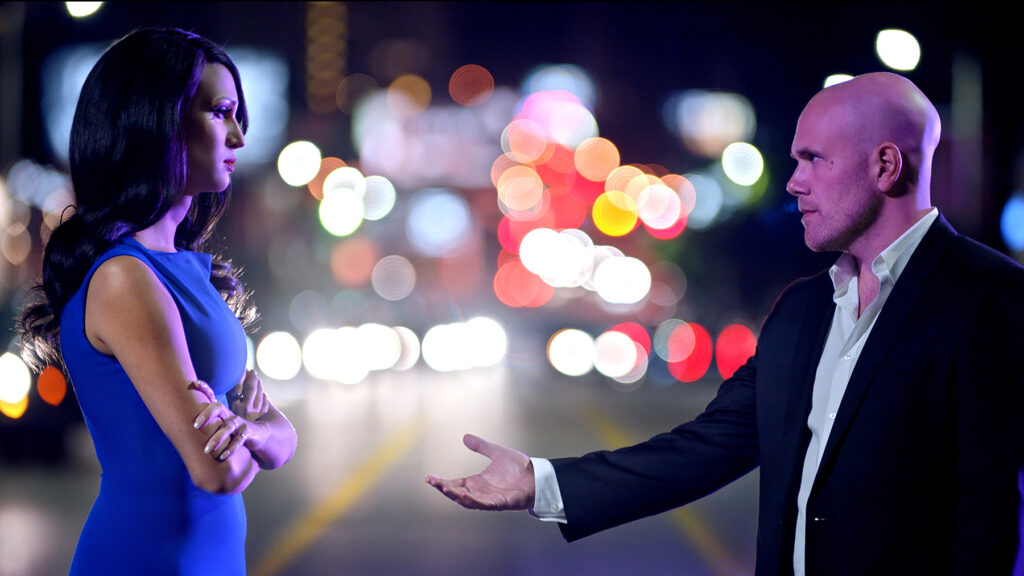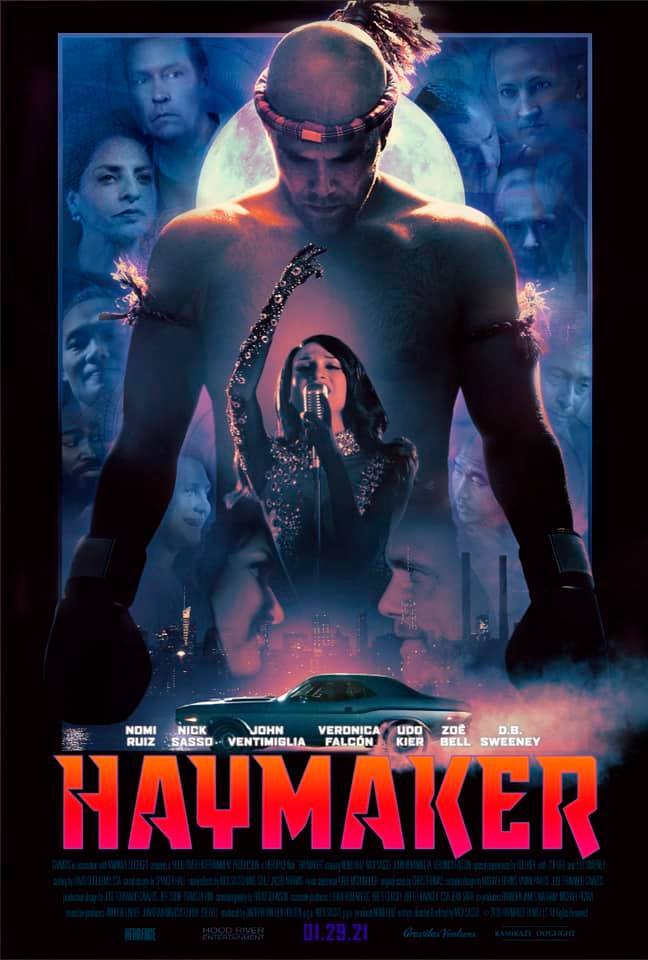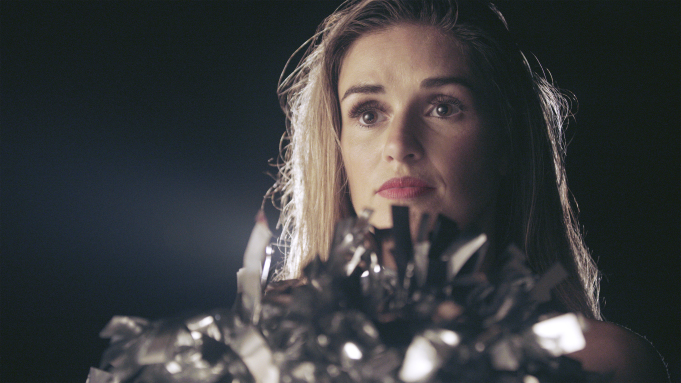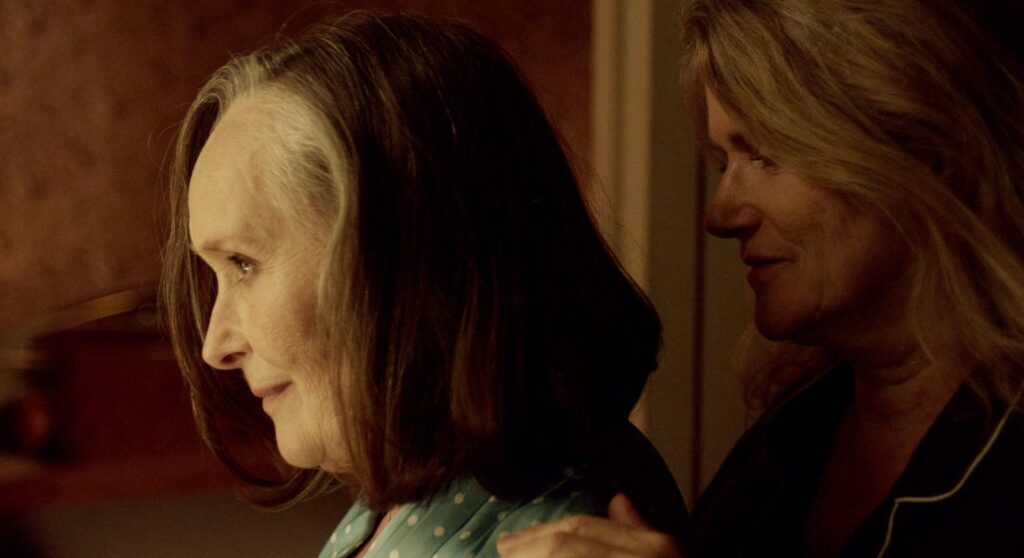Sundance Review: Coda
Written by Ian Thomas Malone, Posted in Blog, Movie Reviews, Pop Culture
A natural part of growing up for many is the understanding that one’s own path may differ from that of their parents, an often awkward departure from the nest. The heart can tear itself in two directions, attempting to plot a course that fits both reality and dream. The film Coda tells the story of a girl caught between her natural gift for singing and her role within her family where she’s the only one who can hear, a moving narrative of love wrestling under the weight of the world.
The Rossi family have a nurturing home. Parents Jackie (Marlee Matlin) and Frank (Troy Kotsur) are madly in love. Leo (Daniel Durant) works alongside his father on a fishing boat, both carrying the natural stress that comes with that grueling profession burdened by regulations. Ruby (Emilia Jones) may have grown up in a different kind of household than her peers, but the Rossi’s are a hell of a lot happier than most families.
On a whim, Ruby joins the school choir, seeking an outlet for her musical gifts. Her abilities are instantly noticed by her teacher, Bernardo (Eugenio Derbez), who quickly takes her under his wing, attempting to prepare her for auditions for a scholarship to the Berklee College of Music, just weeks away. Ruby’s extra-curricular quickly overburdens her obligations to translate for her family, causing additional strain as Frank and Leo attempt to form a co-op with the local fishermen to make a better living.
Director Siân Heder packs an impressive amount of story into a runtime of just under two hours. In the leading role, Jones juggles the worlds of her music and family life quite well, even as Ruby naturally buckles under the stress involved. Jones expresses all the angst of a teenager while layering in Ruby’s gradual understanding of her life’s passions.
Though Jones centers the bulk of the narrative, Heder gives the rest of the principals an arc of their own. Matlin and Kotsur are incredible together, bringing plenty of humor to their characters. Durants plays the role of older brother well, coming into his own as he helps his father carry the load of their business.
Heder’s script wears its emotions on its sleeves. Coda celebrates life in real-time, both the highs and the lows. There’s a clear picture painted of why the Rossi family thrives, through their willingness to express themselves. Other families crumble under the weight of repression. At times, maybe the Rossi parents are a bit too open, but everything leads with love. It’s rare for a fictional narrative to connect with such a level of authenticity.
While the film takes full advantage of its runtime, the narrative does kind of bend over backwards to squeeze itself into a period of only a few weeks. Set in Gloucester, Massachusetts in the fall, Coda’s affection for water-based scenes grows a little puzzling for anyone familiar with the region at that time of the year. The clashes that result from Ruby’s social life feel a bit under-cooked, considering Frank’s long history as a fisherman.
The meteoric rise of Ruby from prodigy to music school applicant also feels a bit unnecessarily rushed, a senior in high school undergoing a major pivot in an incredibly short period of time. The sheer force of will of the film works wonders toward forgiving some of the plot decisions. Backed by a spectacular cast and Heder’s emotionally charged script, Coda is an electrifying cinematic experience. Few films depict family drama so beautifully.





